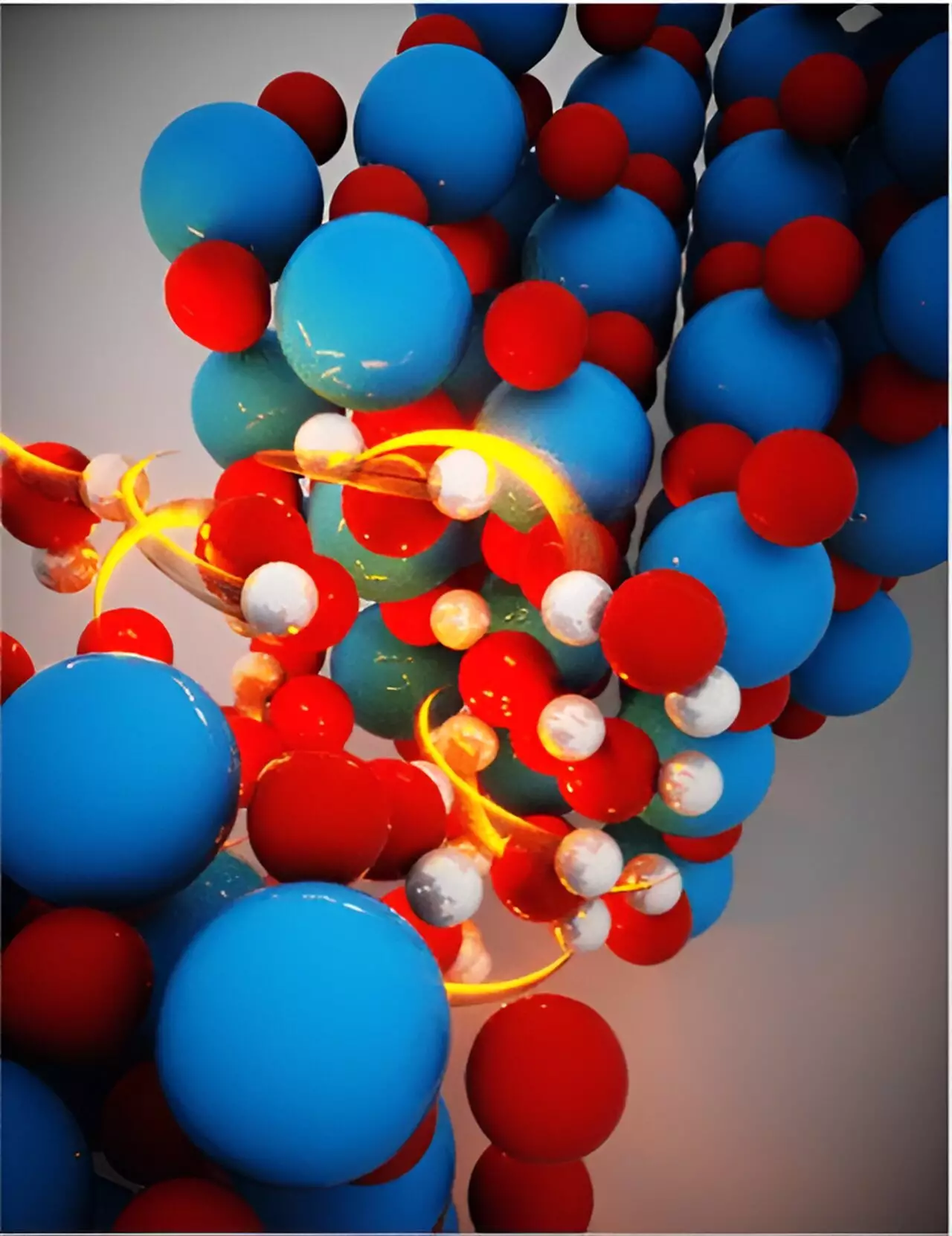The quest for improved efficiency in hydrogen production through water splitting has been ongoing for quite some time. Researchers at Lawrence Livermore National Laboratory (LLNL) have recently made a groundbreaking discovery that could potentially revolutionize this process. By encapsulating the catalyst with ultrathin and porous titanium dioxide layers, they have found a new mechanism that can greatly enhance the efficiency of electrocatalysts for hydrogen production.
In a collaborative effort with Columbia University and the University of California, Irvine, LLNL scientists have developed a unique strategy to boost the performance of electrocatalysts. Contrary to common beliefs that covering the catalyst surface can compromise its activity, the team found that nanoporous oxides can actually improve the durability of the system without sacrificing catalytic activity. This innovative approach aims to strike a balance between activity and durability, a key factor in achieving widespread deployment of hydrogen production technology.
LLNL researchers utilized advanced molecular dynamics (MD) simulations, coupled with a machine learning potential derived from first-principles calculations, to gain deeper insights into the behavior of water reactivity and proton transfer under extreme confinement. The simulations revealed that water confined within nanopores smaller than 0.5 nanometers exhibits altered reactivity and proton transfer mechanisms. Remarkably, confinement was found to lower the activation energy for proton transport, leading to more frequent proton transfer events and rapid proton transport.
Hyuna Kwon, a materials scientist at LLNL, highlighted the significance of these findings in optimizing porous oxides for improved efficiency of hydrogen production systems. By tuning the porosity and surface chemistry of the oxides, researchers may be able to enhance the efficiency of hydrogen production processes significantly. The newfound insights from this study could pave the way for the development of more effective electrocatalysts for hydrogen production.
The collaborative efforts of LLNL, Columbia University, and the University of California, Irvine underscore the commitment to advancing renewable hydrogen production technologies. By bringing together expertise from multiple institutions, researchers have been able to push the boundaries of what is possible in the field of electrochemistry. The future holds great promise for the development of more efficient and durable electrocatalytic systems for hydrogen production.
The discovery of this new mechanism by LLNL researchers opens up exciting possibilities for the future of hydrogen production. By challenging conventional wisdom and exploring innovative strategies, scientists are inching closer to overcoming the hurdles that have long hindered the widespread adoption of this technology. With continued research and collaboration, the vision of a more sustainable and efficient hydrogen economy may soon become a reality.


Leave a Reply